Request here a brochure to find out more about our services !
Loyalty Programs Guide for Retail & Food Brands (+Examples)
In today's competitive market, loyalty programs are essential for retail and food brands aiming to retain customers and encourage repeat business. Understanding the various types of loyalty programs can help brands choose the best strategy to build lasting customer relationships.
This guide explores ten different loyalty programs, highlighting their pros and cons to help you make an informed decision.
Before diving into the different types of loyalty programs you can implement, it's essential to consider some key questions. Use the list below to clarify the goals, objectives, target audience, and other crucial aspects of your future loyalty program.
Key considerations for implementing loyalty programs
When implementing a loyalty program, brand managers and marketers must consider several critical questions to ensure its success. The primary goals of a loyalty program typically include increasing customer retention, boosting repeat purchases, enhancing customer engagement, and differentiating the brand from competitors. To achieve these goals, it is essential to understand the specific needs and preferences of your customer base and align the loyalty program with your brand values. Here are some key questions to guide the implementation process:
- What are the primary objectives of the loyalty program?
- Is the goal to increase customer retention, drive more frequent purchases, enhance customer engagement, or differentiate from competitors?
- Who is the target audience for the loyalty program?
- What are their purchasing behaviors, preferences, and values? How can the program be tailored to meet their needs?
- What type of rewards will be most appealing to your customers?
- Should you offer discounts, free products, exclusive access, or other incentives? How will these rewards align with your brand and customer expectations?
- What is the budget for the loyalty program?
- How much can be allocated towards rewards, marketing, and management of the program? What is the expected return on investment?
- How will the loyalty program be marketed and promoted?
- What channels will be used to reach your target audience? How will you communicate the benefits of the program?
- What technology or platform will be used to manage the loyalty program?
- Will you use existing software, or do you need to invest in new technology? How will you track and analyze customer data?
- How will you measure the success of the loyalty program?
- What key performance indicators (KPIs) will be used to assess the program’s effectiveness? How often will you review and adjust the program based on these metrics?
By addressing these questions, brand managers can design and implement a loyalty program that not only meets their business goals but also creates a meaningful and engaging experience for their customers.
Discover 10 different Loyalty programs
1. Points-Based Programs
Points-based loyalty programs are among the most popular. Customers earn points for every purchase, which can be redeemed for rewards like discounts, free products, or exclusive offers.
Example:
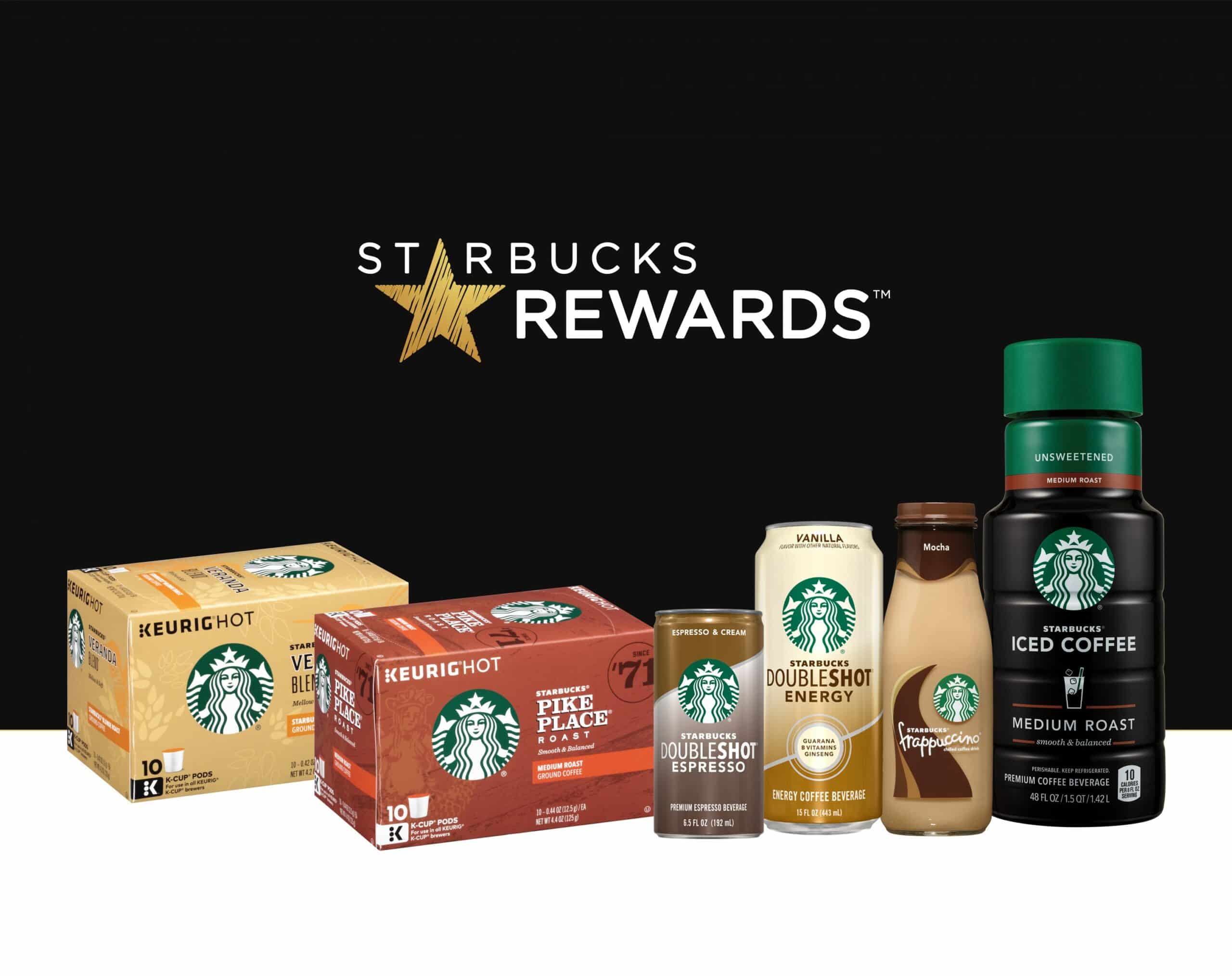
Starbucks Rewards: Customers earn stars for every purchase, which can be redeemed for free drinks, food, and other perks.
Pros:
- Simplicity: Easy for customers to understand and participate.
- Flexibility: Can offer a wide range of rewards.
- Encourages Repeat Purchases: Motivates customers to keep buying to accumulate points.
Cons:
- Delayed Gratification: Customers need multiple purchases before seeing rewards.
- Management Complexity: Requires a system to track and manage points.
- Potential for Low Engagement: Slow points accumulation can lead to customer disinterest.
2. Tiered Programs
Tiered loyalty programs offer different levels of rewards based on customer engagement or spending. Higher spending leads to higher tiers and better rewards.
Example:

Sephora Beauty Insider: Offers three tiers (Insider, VIB, and Rouge) with increasing benefits such as birthday gifts, exclusive events, and early access to sales.
Pros:
- Increased Customer Engagement: Higher tiers encourage more spending.
- Status Appeal: Customers feel valued as they move up tiers.
- Retention: Higher tiers create a sense of exclusivity, reducing churn.
Cons:
- Complexity: More complicated to set up and manage.
- Potential for Disenfranchisement: Lower-spending customers might feel left out.
- High Maintenance: Requires ongoing updates to keep tiers attractive.
3. Cashback Programs
Cashback programs provide customers with a percentage of their purchase amount back as cash or store credit, offering direct monetary benefits.
Example:

Rakuten: Customers earn cashback on purchases from various retailers, which is paid out quarterly via check or PayPal.
Pros:
- Immediate Value: Customers see direct monetary benefits.
- Simplicity: Easy to understand and attractive.
- Versatility: Cashback can be used for future purchases, offering flexibility.
Cons:
- Cost: Can be expensive for businesses, as it involves giving back a portion of sales.
- Lack of Differentiation: May not create a strong emotional connection with the brand.
- Short-Term Focus: Might not encourage long-term loyalty beyond the cashback offer.
4. Punch Card Programs
Punch card programs reward customers after a certain number of purchases, commonly used by small businesses for their simplicity.
Example:
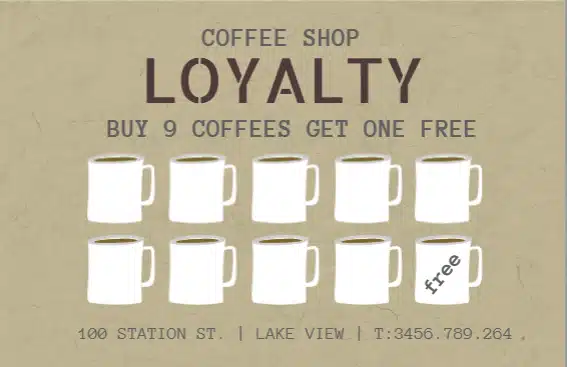
Local Coffee Shops: Buy 10 coffees, get the 11th free.
Pros:
- Simplicity: Easy to implement and understand.
- Encourages Repeat Business: Motivates customers to complete the punch card.
- Cost-Effective: Low-cost setup and maintenance.
Cons:
- Limited Tracking: Physical cards can be lost or forgotten.
- Limited Data Collection: Doesn't provide much customer data for marketing.
- Scalability Issues: Less effective for larger businesses or multiple locations.
5. Subscription-Based Programs
Subscription-based loyalty programs charge a recurring fee for access to exclusive benefits, ensuring steady revenue and fostering exclusivity.
Example:
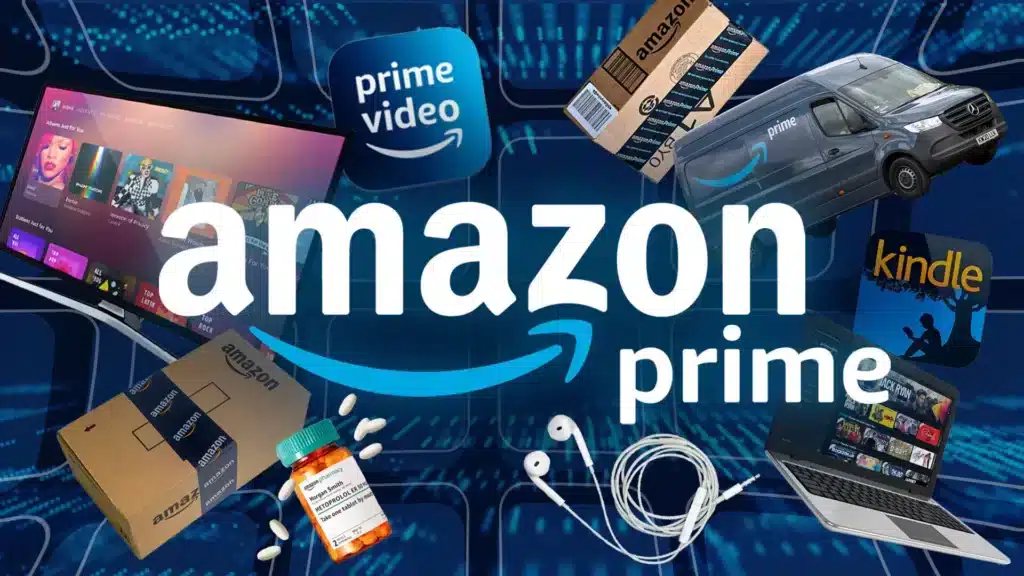
Amazon Prime: Members pay an annual or monthly fee for benefits such as free shipping, streaming services, and exclusive discounts.
Pros:
- Recurring Revenue: Provides a steady income stream.
- Customer Commitment: Customers are more likely to stick with subscribed brands.
- Enhanced Experience: Allows for offering exclusive benefits and personalized experiences.
Cons:
- Commitment Hurdle: Some customers might be reluctant to pay upfront.
- Cancellation Risk: Customers might cancel if they don’t see ongoing value.
- Management Complexity: Requires robust systems to manage subscriptions and benefits.
6. Referral Programs
Referral programs reward customers for bringing new customers to the business, leveraging word-of-mouth marketing.
Example:

Dropbox: Offers additional storage space for both the referrer and the referred customer when a new user signs up through a referral link.
Pros:
- Word-of-Mouth Marketing: Uses existing customers to attract new ones.
- Low Cost: Often cheaper than traditional advertising.
- Trust: Referrals from friends or family are more trusted than ads.
Cons:
- Inconsistent Results: Success depends on customer willingness to refer.
- Potential for Abuse: Some customers might game the system.
- Tracking Challenges: Ensuring accurate tracking of referrals can be difficult.
7. Coalition Programs
Coalition programs allow customers to earn and redeem points across a network of partner brands, offering flexibility and added value.
Example:

Air Miles: Customers earn miles on purchases at a variety of partner retailers and can redeem them for travel, merchandise, or experiences.
Pros:
- Increased Value: Customers can earn and redeem points across multiple brands.
- Shared Costs: Marketing and operational costs are spread among partners.
- Broader Appeal: Attracts customers who prefer flexibility in how they use rewards.
Cons:
- Brand Dilution: Shared programs might dilute individual brand identity.
- Complex Coordination: Requires cooperation among multiple brands.
- Unequal Value: Customers might perceive imbalances in value among partners.
8. Value-Based Programs
Value-based programs align with customers’ values and social causes, fostering a strong emotional connection.
Example:
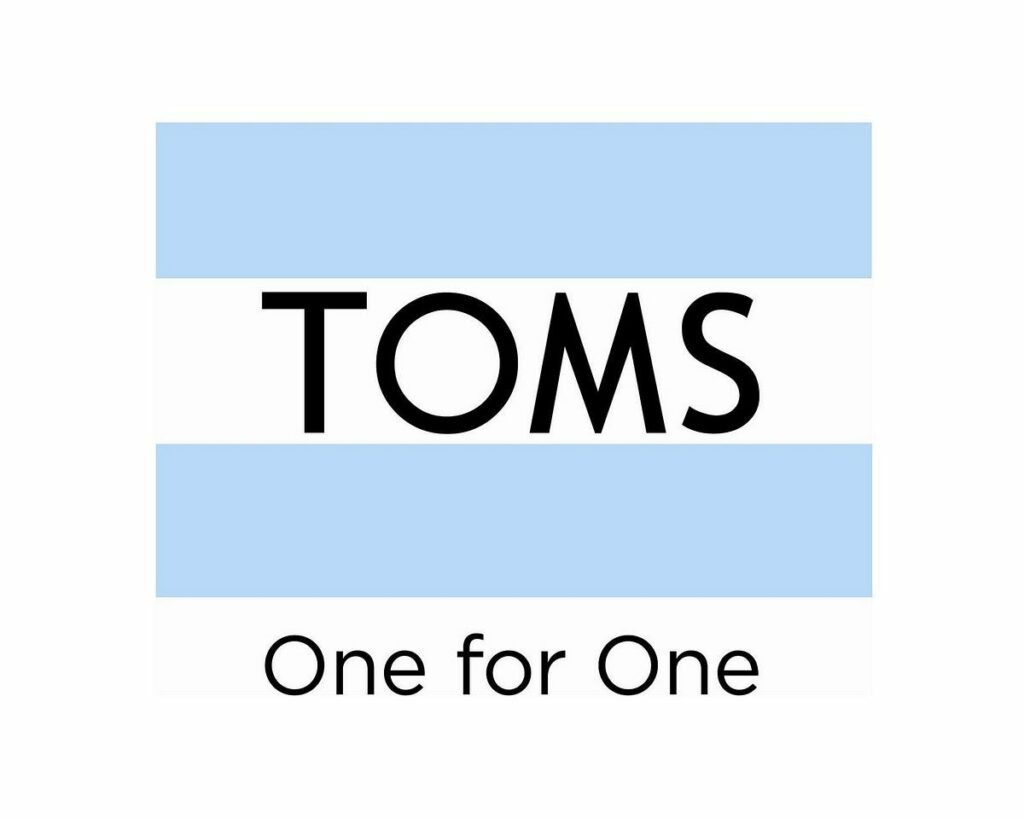
TOMS One for One: For every product purchased, TOMS donates a pair of shoes to a child in need, fostering a sense of social responsibility among customers.
Pros:
- Emotional Connection: Aligns with customer values and social causes.
- Positive Brand Image: Enhances brand reputation and loyalty.
- Differentiation: Stands out by supporting good causes.
Cons:
- Niche Appeal: May only attract customers who care about specific values.
- Higher Costs: Involves additional costs for donations or sustainable practices.
- Verification: Requires transparency to ensure authenticity.
9. Gamified Programs
Gamified programs incorporate game elements like challenges and leaderboards to make loyalty programs more engaging.
Example:

Nike Run Club: Offers achievements and badges for reaching fitness milestones, encouraging continued use of their app and products.
Pros:
- Engagement: Makes loyalty programs fun and interactive.
- Increased Activity: Encourages frequent interaction with the brand.
- Differentiation: Stands out with unique, entertaining elements.
Cons:
- Complexity: More difficult to design and implement.
- Over-Engagement Risk: Customers might focus too much on the game.
- Sustainability: Keeping the game fresh requires ongoing effort.
10. Hybrid Programs
Hybrid programs combine elements of different loyalty programs, offering a comprehensive and tailored experience.
Example:
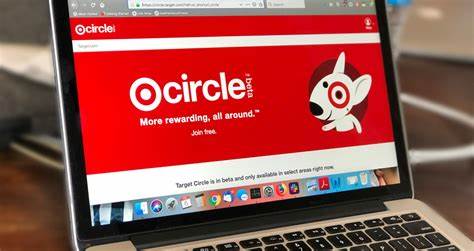
Target Circle: Combines cashback, personalized offers, and community giving, allowing customers to earn rewards while supporting local nonprofits.
Pros:
- Customization: Tailored to various customer preferences.
- Comprehensive Benefits: Combines multiple rewards and incentives.
- Flexibility: Can adapt and evolve to meet changing customer needs.
Cons:
- High Complexity: More challenging to design and manage.
- Higher Costs: More expensive due to varied rewards and systems.
- Potential Confusion: Customers might find it harder to understand a multifaceted program.
Conclusion
Selecting the right loyalty program depends on a brand’s goals, target audience, and resources. By understanding the pros and cons of different loyalty programs, retail and food brands can design strategies that not only retain customers but also build lasting, meaningful relationships. A well-implemented loyalty program can drive customer engagement, increase sales, and enhance brand loyalty.
Get our brochure !
